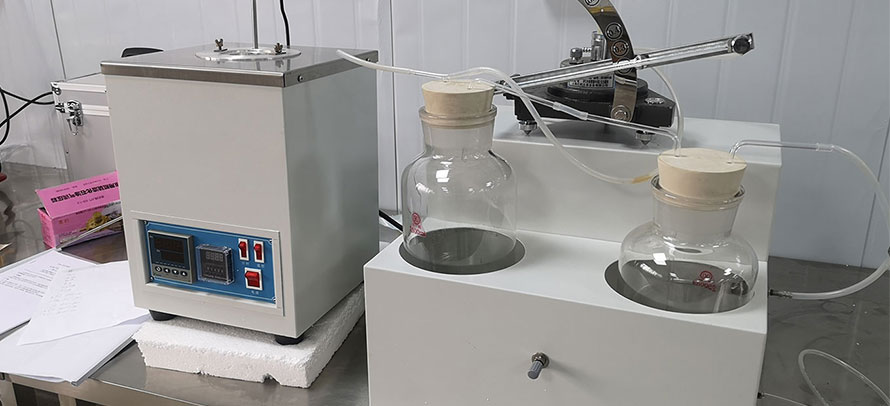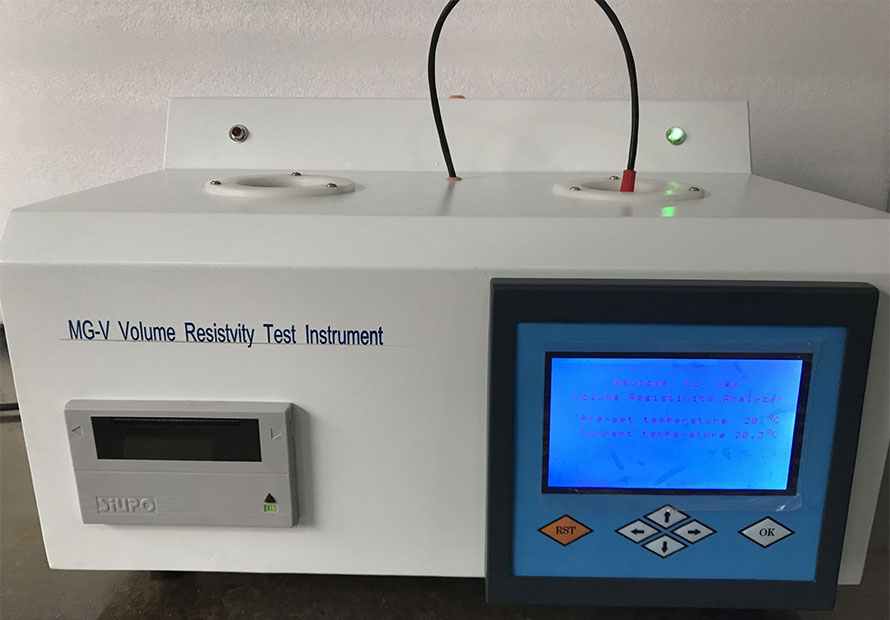ASTM D3831 for Manganese in Gasoline By Atomic Absorption Spectroscopy
5. Apparatus
5.1 Atomic Absorption Spectrometer, capable of scale expansion and equipped with a manganese hollow-cathode lamp for monitoring manganese absorption at 279.5 nm, a premix slot-type burner with rotatable burner head, and an adjustable nebulizer. (Warning - Hazardous. Potentially toxic and explosive. Refer to the manufacturer's instrument manual for associated safety hazards.)
5.2 Vials, up to 40-mL size with polyethylene or TFE-fluorocarbon-lined caps or glass stoppers.
5.3 Pipet, Delivery, 1-mL size.
5.4 Micropipet, 100-µL size, Eppendorf type or equivalent.
5.5 Automatic Pipet, or equivalent delivery pipet, capable of delivering 9.0-mL quantities.
6. Reagents
6.1 Purity of Reagents - Reagent grade chemicals shall be used in all tests. Unless otherwise indicated, it is intended that all reagents shall conform to the specifications of the Committee on Analytical Reagents of the American Chemical Society, where such specifications are available. Other grades may be used, provided it is first ascertained that the reagent is of sufficiently high purity to permit its use without lessening the accuracy of the determination.
6.2 Bromine Solution - Add reagent grade bromine to an equal volume of cyclohexane. (Warning - In addition to other precautions, bromine can cause severe and painful burns when it contacts the skin. Wear protective gloves in preparing the solution and prepare, store, and use it in a well-ventilated hood.)
6.3 Manganese Standard Solution 400 mg Mn/L - Dissolve the appropriate amount of organometallic manganese standard in methyl isobutyl ketone to give a standard solution of 400 mg Mn/L.
6.4 Manganese, Standard Solution 4.0, 10.0, 20.0, and 40.0 mg Mn/L - Dilute the 400 mg/L standard manganese solution with methyl isobutyl ketone using volumetric glassware to give the desired lower concentration manganese standard solutions.
6.5 Organometallic Manganese Standard - Pre-prepared commercially available organometallic stock solutions have been found to be satisfactory.
6.6 Methyl Isobutyl Ketone, reagent grade. (Warning - Methyl isobutyl ketone-Flammable. Vapor harmful.) (Warning - Solutions of MMT in gasoline are chemically unstable when exposed to light. Low and erratic results may be obtained if the gasoline sample is exposed to light prior to stabilization during analysis.)
6.7 Quality Control (QC) Sample(s), preferably are a portion of one or more gasoline materials that are stable and representative of the samples of interest.
7. Sampling
7.1 Take samples of gasoline in compliance with the instructions in Practice D4057 or D4177 where appropriate. Analyze as soon as possible after sampling.
8. Calibration
8.1 Preparation of Working Standards - Prepare four working standards using the 4.0, 10.0, 20.0, and 40.0 mg Mn//L standard manganese solutions described in 6.3.
8.1.1 Using a micropipet, add 100 µL of bromine solution to each of four separate vials.
8.1.2 Pipet 1 mL of each of the four low-manganese standards into each of the vials. Mix with the bromine solution by swirling the vials.
8.1.3 Deliver 9.0 mL of methyl isobutyl ketone to each of the vials. Mix well. This tenfold dilution of the low-manganese standards is the same as the final dilution of the sample.
8.2 Preparation of Instrument - Set the atomic absorption spectrometer operating conditions to those recommended by the manufacturer for monitoring manganese absorption at 279.5 nm using an air-acetylene flame. This test method assumes that good operating procedures are followed. Design differences between spectrometers make it impractical to exactly specify required instrument settings.
8.2.1 Nebulize methyl isobutyl ketone into the flame. Adjust the nebulizer (sample flow rate), acetylene, and air flow rates to give a lean, nonluminous flame.
8.2.2 With methyl isobutyl ketone as a blank, nebulize, in turn, the four working standards.
NOTE 1 - Record the absorbances and check these data for linearity. If nonlinear, readjust the sample or acetylene flow rates, or both, slightly to leaner conditions and repeat the calibrations until absorbances are linear. Rotation of the burner head to decrease the absorbance may aid in achieving linearity.
NOTE 2 - Three working standards may be used to cover the expected concentration range of the samples. Fuel specification limits should be considered. For example, the use of the high 40 mg/L standard may not be necessary.

